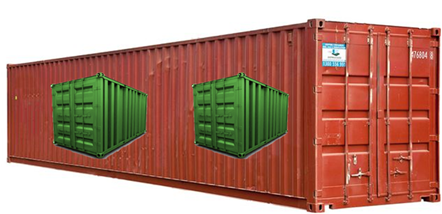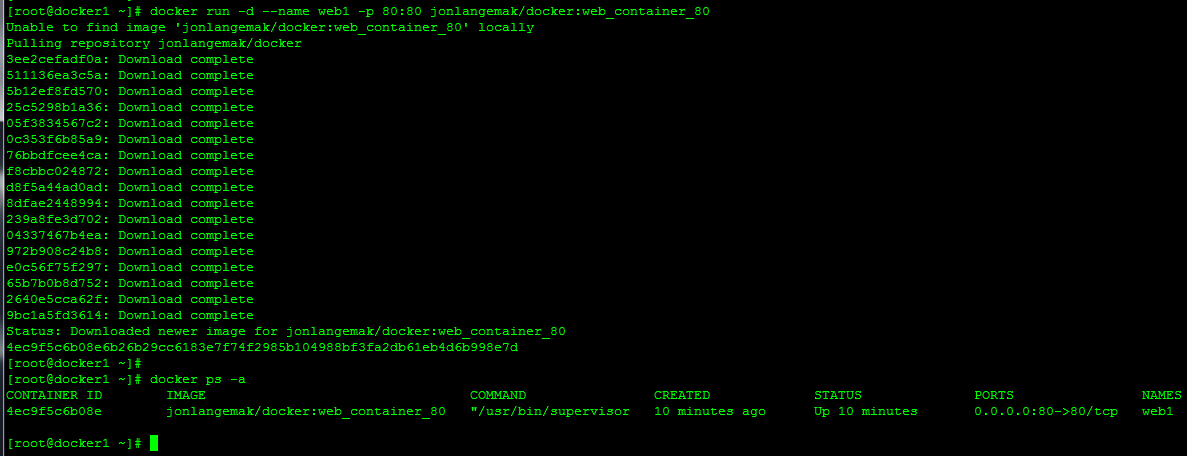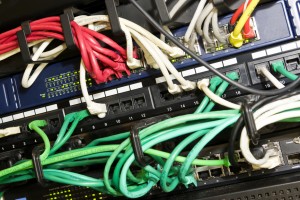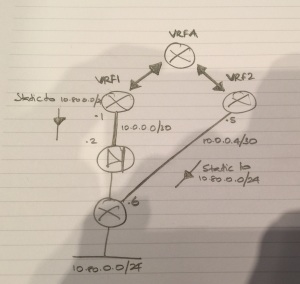0

In this post I want to cover what I’m considering the final docker provided network mode. We haven’t covered the ‘none’ option but that will come up in future posts when we discuss more advanced deployment options. That being said, let’s get right into it.
Mapped container network mode is also referred to as ‘container in container’ mode. Essentially, all you’re doing is placing a new containers network interface inside an existing containers network stack. This leads to some interesting options in regards to how containers can consume network services.
In this blog I’ll be using two docker images…
web_container_80 – Runs CentOS image with Apache configured to listen on port 80
web_container_8080 – Runs CentOS image with Apache configured to listen on port 8080
These containers aren’t much different from what we had before, save the fact that I made the index pages a little more noticeable. So let’s download web_container_80 and run it with port 80 on the docker host mapped to port 80 on the container…
docker run -d --name web1 -p 80:80 jonlangemak/docker:web_container_80
Once it’s downloaded let’s take a look and make sure its running…

Here we can see that it’s Continue reading


 When you’re setting up your monitoring configuration for
When you’re setting up your monitoring configuration for 
 When you’re setting up your monitoring configuration for
When you’re setting up your monitoring configuration for 